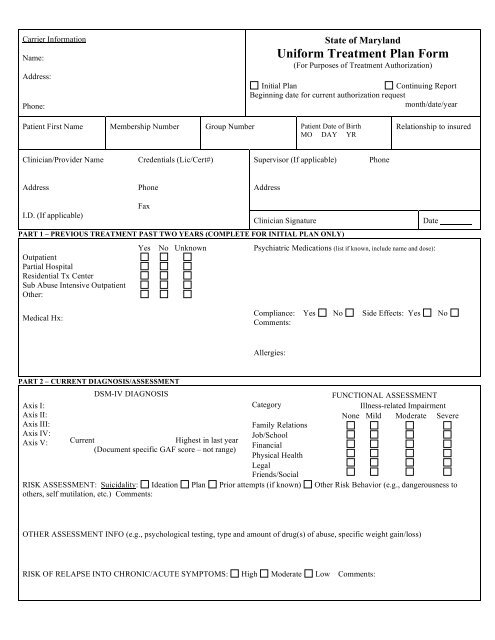

First, we use multiple data sets to explore the tenure pattern of teachers, public safety workers (mostly police and firefighters), and other-occupation (or “general government”) state and local employees to identify the workers whose career archetypes put them at the greatest potential risk of pension shortfall. This article builds on Quinby, Aubry, and Munnell (2020) in three ways. Specifically, some plans fall short for workers who spend 6–20 years in noncovered work before finishing their careers in covered employment. Quinby, Aubry, and Munnell (2020) conducted a stylized analysis and concluded that all state and local government pension plans currently satisfy the letter of the law, but 43 percent of them will not provide lifetime Social Security–equivalent benefits for some hypothetical new hires. The broader question is whether noncovered workers receive comparable benefits when measured in terms of lifetime wealth.
Dc plan safe harbor full#
Even if plans meet the legal requirements, noncovered state and local employees still may not receive Social Security–equivalent benefits because beneficiaries face long vesting periods and may not get full cost-of-living adjustments ( COLAs), despite being able to claim full benefits at a younger age than under Social Security. Recent economic downturns have led to pension funding developments that have prompted questions of whether Safe Harbor guidelines continue to assure future pension adequacy for all noncovered workers. To help state and local governments determine whether their plans comply, the federal government has established pension adequacy standards called Safe Harbor provisions.

The plan must allow members to begin benefits when or before they reach Social Security's full retirement age ( FRA). To meet the comparability standard, the law requires defined benefit ( DB) plans-as the dominant type of state and local government plan-to provide members with an annual benefit for life that is at least equal in value to the annual primary insurance amount ( PIA) that members would have received had they participated in Social Security. Because promised benefits in many public pensions have declined in recent years-and a few plans might exhaust their assets-it is important to determine whether state and local government pension plans still meet the requirement to provide benefits comparable to those from Social Security. 1 Federal law allows state and local governments to exclude these workers from Social Security coverage if they are provided with a retirement plan that will pay comparable benefits. However, approximately 5 million state and local government employees are not covered by Social Security in their current job. Social Security is designed to provide a base of retirement income, to be supplemented by employer-sponsored retirement plans and individual savings. National Longitudinal Survey of Youth 1979 The findings and conclusions presented in the Bulletin are those of the authors and do not necessarily represent the views of the Social Security Administration. The authors thank Nilufer Gok and Nicolas Nastri for excellent research assistance. The research reported herein was funded by a grant ( no. 5 RDR1800) from the Social Security Administration as part of the Retirement and Disability Research Consortium.Īcknowledgments: This article was previously published as Center for Retirement Research at Boston College Working Paper No. Glenn Springstead is a social science research analyst with the Social Security Administration. Laura Quinby is a senior research economist at the CRR at Boston College. Drucker Professor of Management Sciences at Boston College's Carroll School of Management and the director of the CRR at Boston College.

Siyan Liu is a research economist at the CRR at Boston College. Jean-Pierre Aubry is associate director of state and local research at the Center for Retirement Research ( CRR) at Boston College.


 0 kommentar(er)
0 kommentar(er)
